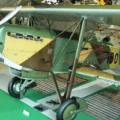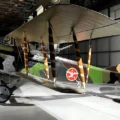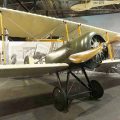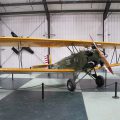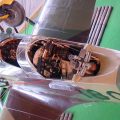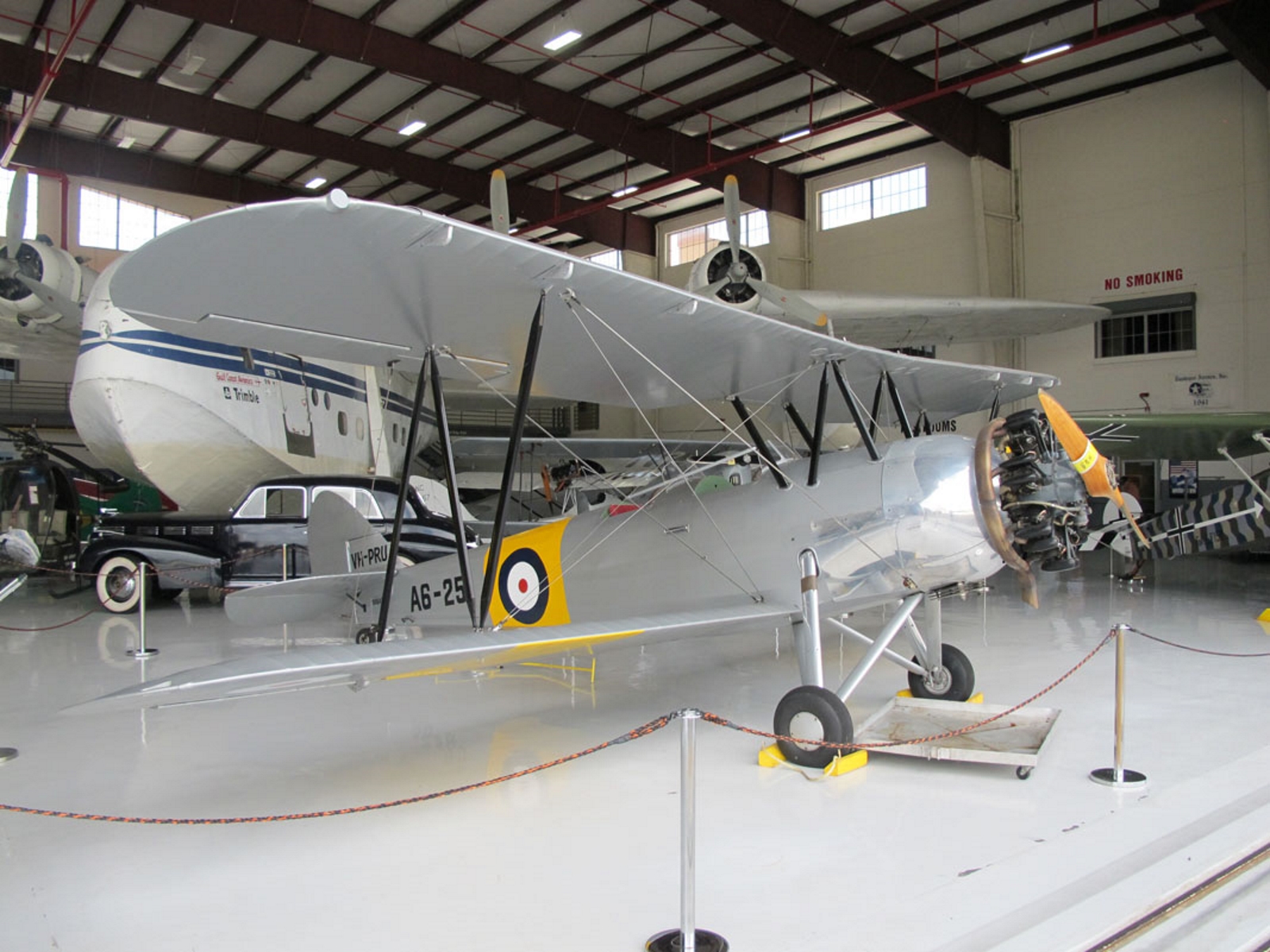
Avro 643 Mk.II kadet | |
| Državi | Nacistična Nemčija |
| Vrsta | Letala za usposabljanje |
| Fotografijo | Vladimir Jakubov |
| Poiščite | Fantasy of Flight, Polk City |
| Opis | Album 137 fotografije sprehoda «Avro 643 Mk.II Cadet» |
Fotogalerija Avro 643 Mk.II kadet, The Avro Cadet was a single-engined British biplane trainer designed and built by Avro in the 1930s as a smaller development of the Avro Tutor for civil use. One of major operator was the RAAF, which acquired 34 Mk II Cadets, delivered between November 1935 and February 1939. These remained in service until 1946, when the surviving 16 were sold for civil use. Two of these were re-engined in 1963 with 220 hp (160 kW) Jacobs R-755 engines for use as crop sprayers. In the U.K., only two Cadets survived the war.
| Specifikacije | |
|---|---|
| Vlogo | Trener |
| proizvajalec | Avro |
| Prvi let | October 1931 |
| Uvod | 1932 |
| Proizvaja | 1932 – 1939 |
| Število zgrajeno | 104 |
Glej tudi:
V Avro 643 Mk.II kadet was a British single-engine biplane trainer aircraft that first flew in 1931. It was a development of the earlier Avro 631 Cadet, with a more powerful engine and improved aerodynamics. The Mk.II Cadet had a metal-framed fuselage covered with fabric and wooden wings with fabric covering. It had a fixed tailwheel landing gear and a two-seat open cockpit. The pilot and instructor sat in tandem, with dual controls. The Mk.II Cadet was powered by a 145 hp (108 kW) de Havilland Gipsy Major I inline engine that drove a two-bladed wooden propeller. The Mk.II Cadet had a maximum speed of 124 mph (200 km/h), a cruising speed of 105 mph (169 km/h), and a range of 300 mi (483 km). It could climb to 10,000 ft (3,048 m) in 12 minutes and had a service ceiling of 16,000 ft (4,877 m).
V Mk.II Cadet was mainly used by the Royal Air Force (RAF) as an elementary trainer for novice pilots. It was also exported to several countries, including Australia, Canada, Egypt, Ireland, New Zealand, and South Africa. Some Mk.II Cadets were modified for civilian use, such as aerial photography, crop spraying, and air racing. The Mk.II Cadet was praised for its reliability, maneuverability, and ease of handling. It was also considered to be a good aerobatic aircraft, capable of performing loops, rolls, spins, and inverted flight. The Mk.II Cadet was retired from RAF service in 1941, but some remained in use by civilian operators until the 1950s. A total of 34 Mk.II Cadets were built, of which only one survives today. It is on display at the Shuttleworth Collection in Bedfordshire, England.
Views : 2381



